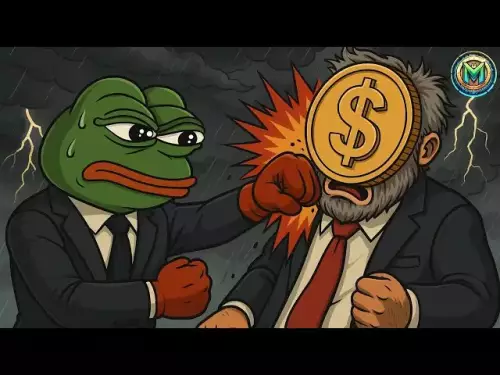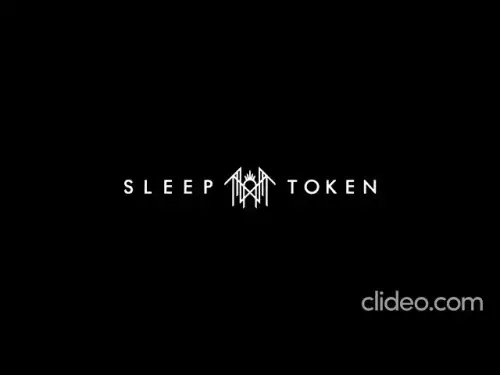Exploring the complexities of USDD, Justin Sun's involvement, and its relationship with the Ethereum ecosystem, all while navigating the ever-turbulent crypto landscape.

USDD Stablecoin, Justin Sun, and Ethereum: A New York Minute in Crypto
USDD stablecoin, Justin Sun, and Ethereum are constantly making moves. Let's dive into the main points: USDD's Ethereum integration, collateral concerns, and the shadows of past stablecoin failures.
USDD on Ethereum: A Bid for DeFi Dominance
USDD, the stablecoin associated with Justin Sun and the TRON network, has made a play for the big leagues by launching on Ethereum. Ethereum remains the dominant hub for DeFi, and USDD seeks to tap into its deeper liquidity pools and vast developer community. It's like moving from Brooklyn to Manhattan – bigger opportunities, but also way more competition.
Collateral Concerns and Skepticism
However, it's not all sunshine and lollipops. Concerns persist around USDD's collateralization. While USDD aims to maintain its peg through smart contracts and over-collateralization, some critics argue that it remains undercollateralized. Remember TerraUSD? That collapse left a mark, and regulators are watching algorithmic stablecoins like hawks. Ratings agencies have flagged collateral shortfalls, and USDD's circulating supply has shrunk, even as the broader stablecoin market grows. It's like showing up to a potluck with store-bought cookies when everyone else baked from scratch – you gotta prove you can bring something substantial to the table.
Justin Sun and Controversy
Justin Sun's involvement always adds a layer of complexity. The WLFI token incident, where developers blacklisted Sun's wallet, highlights the centralization risks within the crypto world. Whether it was justified or not, it underscores the outsized influence that large investors can wield. It’s the kind of drama you expect to see on Real Housewives, but in the crypto world, it can have real financial consequences.
Ethereum's Layer 2 Innovations
Amidst all this, Ethereum's ecosystem continues to evolve. Layer 2 solutions, like Layer Brett, are emerging to address Ethereum's scalability bottlenecks. These solutions promise faster, cheaper transactions, potentially unlocking even greater growth within the Ethereum ecosystem. While Ethereum focuses on long-term institutional adoption, Layer 2 projects represent the speculative upside. It's like the difference between investing in a blue-chip stock and betting on the next hot tech startup.
The Road Ahead
USDD's success on Ethereum hinges on proving its sustainability and transparency. Overcoming collateral skepticism and navigating regulatory pressures will be crucial. The WLFI token blacklisting incident serves as a reminder of the importance of decentralization and governance. It's a tough city, and only the resilient survive. Ethereum's Layer 2 solutions offer a glimpse into the future, promising scalability and innovation. But like any good New Yorker knows, you gotta stay sharp, do your research, and be prepared for anything. After all, it's crypto – anything can happen!
Disclaimer:info@kdj.com
The information provided is not trading advice. kdj.com does not assume any responsibility for any investments made based on the information provided in this article. Cryptocurrencies are highly volatile and it is highly recommended that you invest with caution after thorough research!
If you believe that the content used on this website infringes your copyright, please contact us immediately (info@kdj.com) and we will delete it promptly.














































































